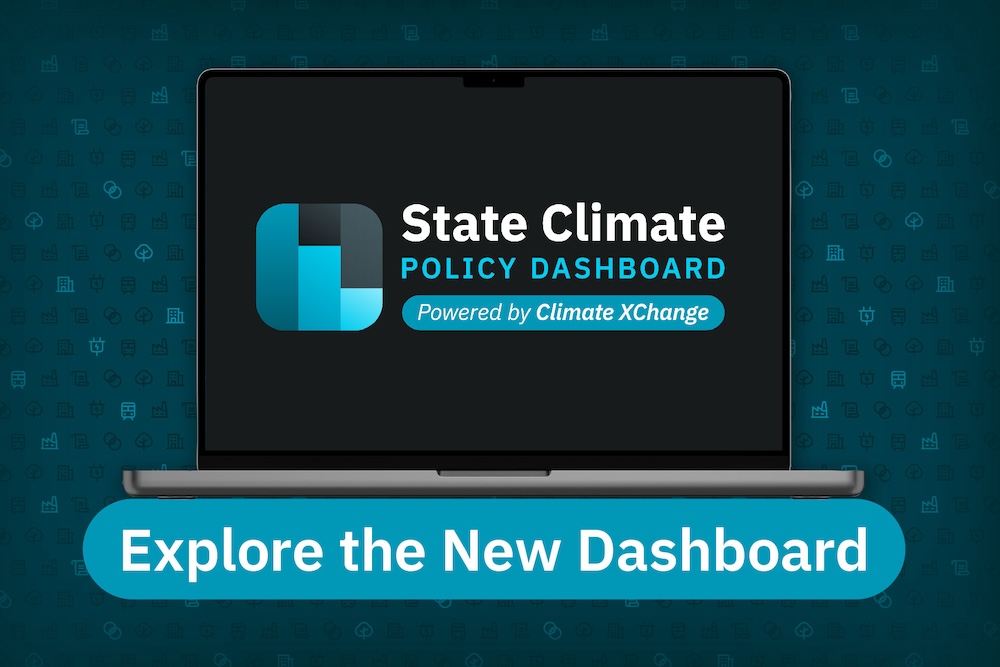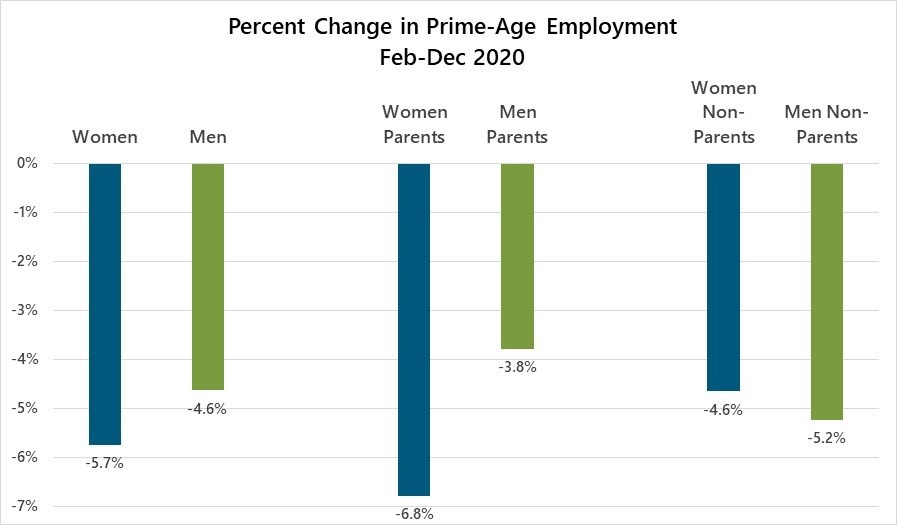Microfinance Market Report: A Catalyst for Sustainable Development Goals (SDGs)
Executive Summary
The global microfinance market, valued at USD 237 billion in 2023, is projected to reach USD 496.9 billion by 2032, expanding at a Compound Annual Growth Rate (CAGR) of 10.8%. This growth is intrinsically linked to the global pursuit of the Sustainable Development Goals (SDGs), particularly in promoting financial inclusion, fostering economic growth, and reducing inequality. The expansion of digital lending platforms and supportive government policies are key enablers in leveraging microfinance as a tool for sustainable development.
Market Drivers and Alignment with Sustainable Development Goals
The primary drivers of the microfinance market are directly aligned with several key SDGs:
- Advancing Financial Inclusion (SDG 1: No Poverty, SDG 10: Reduced Inequalities): A core objective of microfinance is to provide financial services to underserved and unbanked populations, particularly in rural and semi-urban areas. This directly contributes to poverty alleviation and reduces economic disparities.
- Fostering Economic Growth (SDG 8: Decent Work and Economic Growth): By providing essential capital to SMEs, micro-enterprises, and self-employed individuals, microfinance stimulates local economies, supports entrepreneurship, and creates employment opportunities.
- Promoting Innovation and Infrastructure (SDG 9: Industry, Innovation, and Infrastructure): The rapid adoption of digital lending platforms, mobile banking, and fintech solutions is modernizing financial infrastructure, making services more accessible, efficient, and scalable.
- Strengthening Partnerships (SDG 17: Partnerships for the Goals): Growth is bolstered by supportive government policies, regulatory frameworks, and collaborations between financial institutions and non-governmental organizations, creating an ecosystem conducive to achieving sustainable development.
- Leveraging Technology for Inclusive Finance (SDG 9): The integration of Artificial Intelligence (AI) and data analytics enhances credit risk assessment and optimizes loan processes, reducing defaults and enabling more inclusive and responsible lending.
Market Segmentation Analysis and SDG Impact
By Loan Type
- Personal Micro Loans: As the dominant segment in 2023, these loans empower individuals to meet emergency needs and invest in health (SDG 3) and education (SDG 4), enhancing human capital.
- Business Micro Loans: These loans are fundamental to achieving SDG 8 by providing start-ups and SMEs with the capital required for operations and expansion.
By End-User
- Individuals: Consumers utilize microfinance for personal development, contributing to improved living standards and resilience against economic shocks.
- Micro and Small Enterprises: This segment is a primary engine for job creation and economic diversification, directly supporting the objectives of SDG 8.
By Lending Platform
- Digital/Online Lending: This fast-growing segment enhances financial inclusion (SDG 10) by overcoming geographical barriers and reducing processing times, making credit more accessible.
- Offline/Branch-Based Lending: Traditional institutions remain vital for reaching remote populations with limited digital literacy, ensuring no one is left behind in the pursuit of SDG 1.
Regional Analysis: Progress Towards the SDGs
- Asia-Pacific (Market Leader): The region’s strong microfinance presence, particularly in India and China, is critical for addressing poverty (SDG 1) and supporting its vast rural and small business sectors (SDG 8).
- North America: Growth is driven by fintech innovations (SDG 9) and a focus on supporting small businesses and promoting financial inclusion among marginalized communities (SDG 10).
- Europe: The market supports start-ups and SMEs, contributing to economic growth (SDG 8), with strong regulatory backing for financial technology innovations (SDG 9).
- South America & MEA: Government-backed programs and the expansion of fintech solutions are targeting underbanked populations, advancing efforts toward SDG 1 and SDG 10.
Market Opportunities for Accelerating SDG Achievement
- Digital Platform Expansion: Scaling mobile and online lending can significantly accelerate progress on SDG 9 and SDG 10 by reaching millions of underserved customers.
- Enhanced SME Financing: Focusing on the needs of small enterprises in emerging economies presents a major opportunity to drive SDG 8.
- Financial Inclusion Initiatives: Strategic partnerships between governments, NGOs, and the private sector can deepen financial inclusion, with a particular focus on women’s economic empowerment (SDG 5).
- AI and Data Analytics: Advanced analytics can improve the efficiency and fairness of credit assessments, further contributing to inclusive and sustainable economic growth (SDG 8, SDG 9).
Competitive Landscape
The market features key players dedicated to expanding financial access through innovative and technology-driven strategies. These institutions are pivotal in translating market growth into tangible progress on the SDGs.
Key Institutions:
- Grameen Bank
- SKS Microfinance
- Accion
- Bandhan Bank
- Bharat Financial Inclusion Ltd.
- FINCA International
- Ujjivan Small Finance Bank
- Prodigy Finance
- Kiva Microfunds
- Equitas Holdings
Analysis of Sustainable Development Goals in the Microfinance Market Article
1. Which SDGs are addressed or connected to the issues highlighted in the article?
-
SDG 1: No Poverty
The article connects to SDG 1 by focusing on microfinance as a tool for financial inclusion, specifically targeting “underserved populations” and “low-income populations.” By providing access to credit, microfinance helps individuals meet emergency needs, start businesses, and improve their economic standing, which are crucial steps in poverty alleviation.
-
SDG 8: Decent Work and Economic Growth
The article highlights how microfinance provides “essential capital to small businesses, self-employed individuals, and micro-entrepreneurs.” This support for “SME and Micro-Enterprise Financing” and “micro-entrepreneurship” directly fosters job creation and stimulates local economic growth, aligning with the objectives of SDG 8.
-
SDG 9: Industry, Innovation, and Infrastructure
The significant emphasis on “Technological Advancements and AI Integration,” “digital lending platforms,” “mobile banking,” and “fintech solutions” links the article to SDG 9. These innovations are transforming the financial services industry, making credit more accessible and efficient, and promoting technological adoption in business operations.
-
SDG 10: Reduced Inequalities
The core theme of the article is the “rising focus on financial inclusion” for “underserved populations in rural and semi-urban regions” and “underbanked populations.” By expanding access to financial services for these groups, microfinance directly addresses the goal of reducing economic inequalities within and among countries.
-
SDG 17: Partnerships for the Goals
The article mentions “Supportive Government Policies,” “Regulatory frameworks,” and “collaboration with governments and NGOs” as key drivers and opportunities. This points to the importance of multi-stakeholder partnerships between the public sector (governments), private sector (financial institutions), and civil society (NGOs) to achieve financial inclusion goals.
2. What specific targets under those SDGs can be identified based on the article’s content?
-
Target 1.4: Access to financial services for the poor and vulnerable
This target is directly addressed through the article’s focus on microfinance solutions designed to “support underserved populations” and provide “access to credit for low-income populations,” explicitly mentioning microfinance as a key financial service.
-
Target 8.3: Promote policies to support small enterprises
The article’s discussion of “SME and Micro-Enterprise Financing” and initiatives “promoting micro-entrepreneurship” aligns perfectly with this target, which encourages the growth of micro-, small-, and medium-sized enterprises through access to financial services.
-
Target 8.10: Universal access to banking, insurance and financial services
The entire article, which describes the growth of the microfinance market and the expansion of services through “digital lending platforms” and traditional branches, is about strengthening the capacity of financial institutions to expand access to financial services for all, especially the “underbanked.”
-
Target 9.3: Increase the access of small-scale enterprises to financial services
This is identified through the market segmentation analysis, which highlights “Business Micro Loans” for “micro-enterprises, start-ups, and SMEs” and lists “Micro and Small Enterprises” as a key end-user group leveraging loans for expansion and working capital.
-
Target 10.2: Empower and promote the social, economic and political inclusion of all
The article’s central theme of “financial inclusion” for populations in “rural and semi-urban regions” and “underbanked populations” directly supports the goal of promoting economic inclusion for all, irrespective of their economic status or location.
3. Are there any indicators mentioned or implied in the article that can be used to measure progress towards the identified targets?
-
Market Size and Growth Rate
The article provides explicit figures: the market value was “USD 237 billion in 2023” and is projected to reach “USD 496.9 billion by 2032,” with a “CAGR of 10.8%.” This serves as a direct indicator of the increasing volume of financial services (microfinance) being provided, which is relevant to targets 1.4, 8.3, 8.10, and 9.3.
-
Proportion of Loans by Type and End-User
The segmentation into “Personal Micro Loans” and “Business Micro Loans,” and end-users like “Individuals” and “Micro and Small Enterprises,” implies that the volume and value of loans disbursed to each category are key metrics. This can be used to measure progress towards Target 8.3 and 9.3 (financing for SMEs).
-
Adoption of Digital Lending Platforms
The article identifies “Digital/Online Lending” as a “fast-growing segment.” The rate of adoption of these platforms, such as “mobile banking” and “online lending apps,” can serve as an indicator for measuring increased accessibility and efficiency of financial services, relevant to Target 8.10 and the innovation aspect of SDG 9.
-
Geographic Reach and Expansion
The regional analysis highlights market leadership in “Asia-Pacific” due to demand from “rural populations” and growth in other regions targeting “underbanked populations.” The expansion of microfinance services into these specific areas is an implied indicator of progress towards Target 10.2 (financial inclusion).
4. Table of SDGs, Targets, and Indicators
| SDGs | Targets | Indicators |
|---|---|---|
| SDG 1: No Poverty | 1.4: By 2030, ensure that all men and women, in particular the poor and the vulnerable, have… access to… financial services, including microfinance. | – Growth of the microfinance market to USD 496.9 billion by 2032. – Provision of microfinance to “low-income populations” and “underserved populations.” |
| SDG 8: Decent Work and Economic Growth | 8.3: Promote… entrepreneurship… and encourage the formalization and growth of micro-, small- and medium-sized enterprises, including through access to financial services. 8.10: Strengthen the capacity of domestic financial institutions to encourage and expand access to banking… and financial services for all. |
– Provision of “Business Micro Loans” to “micro-enterprises, start-ups, and SMEs.” – Increased number of individuals and enterprises accessing loans through expanding digital and offline platforms. |
| SDG 9: Industry, Innovation, and Infrastructure | 9.3: Increase the access of small-scale industrial and other enterprises… to financial services, including affordable credit. | – Growth in the “Micro and Small Enterprises” end-user segment. – Adoption of “AI and data analytics” to assess creditworthiness and optimize loan approval for small businesses. |
| SDG 10: Reduced Inequalities | 10.2: By 2030, empower and promote the social, economic and political inclusion of all. | – Expansion of microfinance services in “rural and semi-urban regions.” – Growth of fintech solutions targeting “underbanked populations.” |
| SDG 17: Partnerships for the Goals | 17.17: Encourage and promote effective public, public-private and civil society partnerships. | – Existence of “Supportive Government Policies” and “Regulatory frameworks.” – Mention of “Collaboration with governments and NGOs” as a key market opportunity. |
Source: openpr.com
![]()






